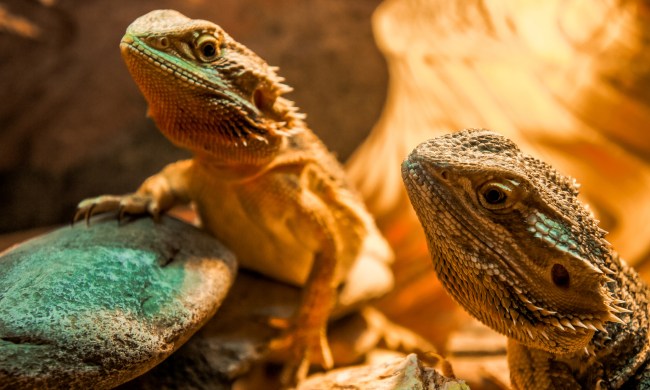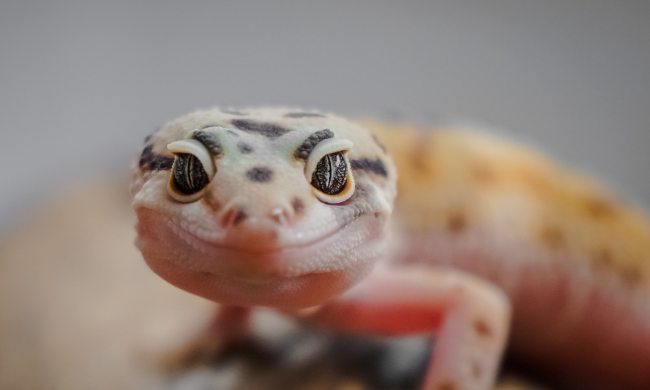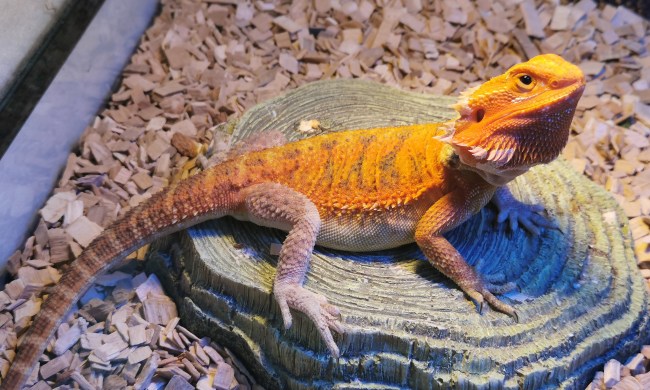We spend a lot of time around other humans and our pets, yet most of us know surprisingly little about how the animal kingdom works. Which of our companions are mammals, which are reptiles, and which are amphibians? It can be tricky to figure this out, especially when you get into creatures that belong to a different category than you’d expect (such as salamanders, an amphibian). You might be able to quickly figure out the mammals since we are the fuzzy ones. Hamsters, dogs, sugar gliders, and people all fit into this category — that mostly makes sense to us. Same too with birds, who do all seem to go together, even the penguin and ostrich. It’s a lot more challenging when you look at amphibians and reptiles, though, as they don’t appear as distinct from one another. But there are a couple of things that set reptiles apart, and a few key ways you can tell which categories everyone belongs to.
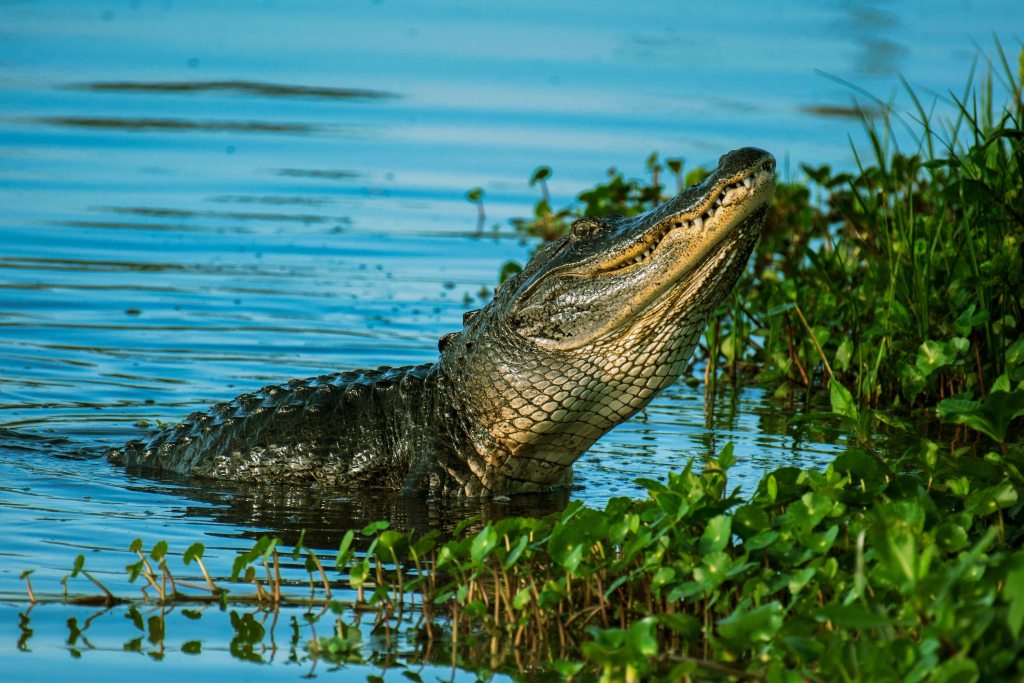
What are reptiles?
Reptiles come from a special part of the animal kingdom called vertebrates. This also includes mammals like us, fish, birds, and amphibians. What makes us unique is that we all have backbones (hence the vertebrate part) that allow us to walk, swim, and fly. Other animals like insects do this differently because they have exoskeletons. So reptiles are one of five groups that also include humans and certainly most of the pets we keep in our household (unless you have a tarantula).
What animals are reptiles?
Reptiles include a weird variety of animals that don’t necessarily seem to work together. After all, do turtles, lizards, and alligators really look that much alike? But when you dive into it, you see that they have a few things in common that also separate them from other animals. Other reptiles include tortoises, crocodiles, snakes, and many dinosaurs. That’s right; dinos, famous extinct animals, also belonged to this group, though they had some pretty big differences from modern reptilian fauna.
What are the characteristics of reptiles?
OK, so what exactly makes a reptile a reptile if they don’t look or act that much alike? What do a sea turtle and a rattlesnake have in common? First off, they’re all cold-blooded, at least today. There may have been others in history who were warm-blooded, such as some dinos. Being cold-blooded means they don’t make their own heat like we do. Humans don’t need to go into a sauna to stay at a warm temperature (though we still recommend it). But your bearded dragon must absorb heat from the environment in order to stay warm, and will slow down drastically and even go into hibernation if they get too cold.
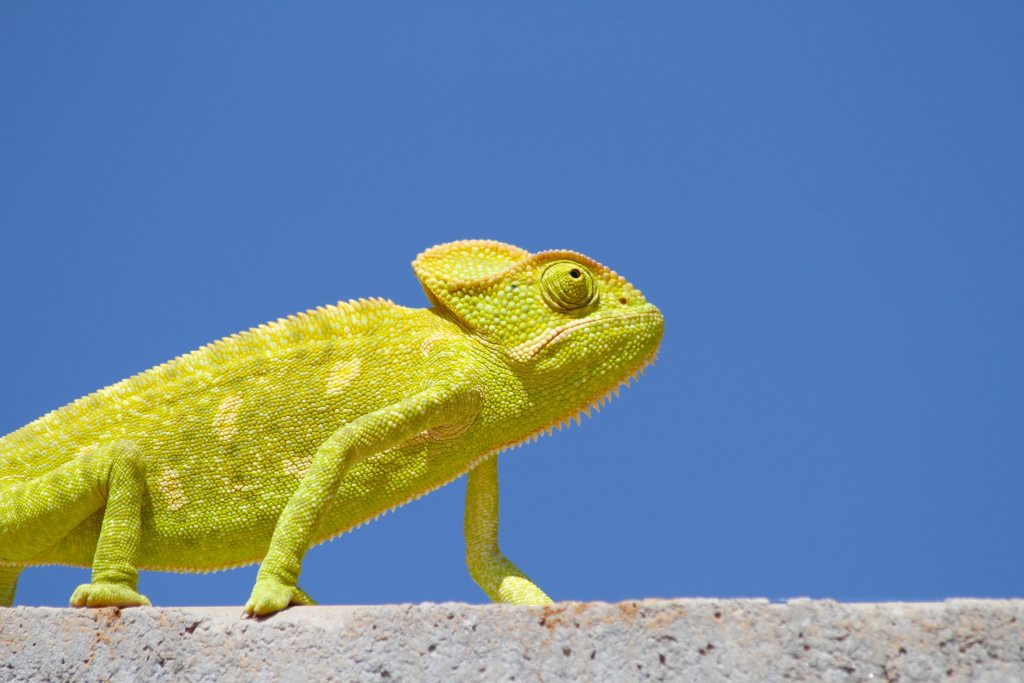
Cold-bloodedness is the main thing that these beasts all have in common, but there are many factors that most exhibit. For example, nearly all reptiles lay eggs, though a few snakes give birth to live young. They also generally have rough skin, different from fish scales, mammal fur, bird feathers, or slick amphibian skin that has to stay wet. Lastly, lots of reptiles live in or near water. Turtles, water snakes, marine iguanas, and crocodiles all spend most of their time in water. Of course, some desert snakes and lizards don’t go anywhere near the ocean so it’s certainly not always the case.
What’s the difference between reptiles and amphibians?
If you’ve been following along, you know that reptiles and amphibians have quite a bit in common: they’re all cold-blooded tetrapods, which means four legs (even snakes: see why here). A couple of things help us distinguish between them, though. Think of the sea turtle versus an aquatic frog. Both spend almost their entire lives underwater but still breathe air through their lungs. Here’s the difference: frogs didn’t start out that way. Their larval stage is being a tadpole, an animal that breathes through gills and can only survive in water. Then they grow up, shed the gills, and usually spend some of their adult life on land. Sea turtles are the opposite because they go to land to lay eggs, which hatch as mini-turtles, no different from their adult counterparts.
These special features also come with a few crucial care needs. Remember that your pet reptile can’t keep herself warm without a heat source, so it’s necessary to include a heating lamp or pad in one corner of the tank, and a cool area for rest. Additionally, many of these creatures need a water source or even a tank full of water in the case of aquatic turtle species such as red-eared slider. Lastly, if you do decide to breed them (only recommended for high-level pros), you’ll have to carefully maintain the eggs in a dry area to prevent mold. Your reptilian pal will love having his particular requirements taken care of.

